- About US
- IMC
- By Equipment
-
- Manufactures
- Blog
Revolutionizing Manufacturing: The Future of Sheet Metal Laser Cutting Machines in 2024
As we move towards 2024, the manufacturing industry is on the cusp of a technological revolution, particularly in the realm of sheet metal processing. The global market for sheet metal laser cutting machines is projected to reach
$5.2 billion by 2026, growing at a
CAGR of 6.2% from 2021, according to a report by MarketsandMarkets.
This surge is largely driven by advancements in automation, precision, and the need for cost efficiency in production processes.
 With the integration of smart technologies and Industry 4.0 principles, manufacturers are now able to streamline operations, reduce waste, and enhance product quality.
As the capabilities of sheet metal laser cutting machines evolve, they are set to redefine standards in speed and accuracy, positioning themselves as
indispensable tools in contemporary manufacturing.
This article delves into the innovations expected to shape the future of these cutting-edge machines and their transformative impact on the industry.
With the integration of smart technologies and Industry 4.0 principles, manufacturers are now able to streamline operations, reduce waste, and enhance product quality.
As the capabilities of sheet metal laser cutting machines evolve, they are set to redefine standards in speed and accuracy, positioning themselves as
indispensable tools in contemporary manufacturing.
This article delves into the innovations expected to shape the future of these cutting-edge machines and their transformative impact on the industry.
Innovative Technologies Driving Laser Cutting Advancements in 2024
The landscape of sheet metal laser cutting is set to undergo significant advancements in 2024, driven by a variety of innovative technologies. According to a recent industry report by MarketsandMarkets, the global laser cutting machine market is projected to reach $4.9 billion by 2024, growing at a CAGR of 6.23% from 2019. This growth is fueled by the increasing demand for sophisticated, precise, and rapid manufacturing processes, especially in sectors like automotive and aerospace, where precision is paramount.
One of the key technologies propelling these advancements is the integration of artificial intelligence (AI) and machine learning in laser cutting systems. These AI-enabled machines analyze cutting processes in real-time, improving accuracy and reducing waste materials significantly. Additionally, developments in fiber laser technology are making these systems more efficient, with energy consumption reportedly reduced by up to 30% compared to traditional CO2 laser systems. As manufacturers adopt these cutting-edge innovations, they not only enhance productivity but also contribute to sustainable practices within the industry.

Integration of AI and Automation in Sheet Metal Manufacturing Processes
The integration of AI and automation in sheet metal manufacturing is poised to redefine the industry landscape. As the sheet metal fabrication services market is forecasted to grow from USD 21.35 billion in 2024 to USD 33.31 billion by 2034, the shift towards intelligent automation becomes imperative. This growth is driven by advancements in AI-powered systems that enhance workflow efficiencies, from design to production. Recent updates in design software, featuring AI-driven enhancements, enable streamlined assembly processes and rapid drawing generation, which significantly reduces turnaround times.
Moreover, the implementation of collaborative robots (cobots) is revolutionizing flexible manufacturing systems. These robots provide adaptive automation solutions that allow for seamless human-robot collaboration, enhancing precision and efficiency in sheet metal bending and cutting tasks. With the emergence of these technologies, companies can achieve unprecedented levels of customization and responsiveness to market demands, reinforcing their competitive edge in an increasingly automated manufacturing environment. As the landscape evolves, the role of data-driven solutions and intelligent automation will be crucial in shaping the future of sheet metal laser cutting and fabricating processes.
Revolutionizing Manufacturing: The Future of Sheet Metal Laser Cutting Machines in 2024
| Feature | Current Status (2023) | Expected Development (2024) | Impact on Manufacturing |
|---|---|---|---|
| AI Integration | Basic analytics and monitoring | Predictive maintenance and optimized cutting patterns | Reduced downtime and material waste |
| Automation Level | Semi-automated systems | Fully automated laser cutting workflows | Increased efficiency and production speed |
| Material Types | Common metals | Broad range including composites | Enhanced versatility in production |
| User Interface | Basic user controls | Intuitive touchscreen and remote access capabilities | Improved user experience and accessibility |
| Data Utilization | Limited data collection | Advanced data analytics for decision making | Enhanced operational strategies and performance tracking |
Sustainability Trends: Eco-Friendly Practices in Laser Cutting Operations
As the manufacturing sector evolves, laser cutting technology is witnessing a significant transformation focused on sustainability. In 2024, eco-friendly practices are becoming integral to laser cutting operations, with companies increasingly adopting methods that reduce waste and energy consumption. Innovations such as advanced optics and intelligent software ensure precision while minimizing resource use, thereby aligning with environmental goals. The emphasis on sustainability not only enhances operational efficiency but also meets the growing demand from consumers for greener practices.
Moreover, recent trends highlight a surge in startups exploring novel applications of laser technology. With over 680 startups emerging in this field, many are committed to developing sustainable solutions that address traditional manufacturing challenges. From smart materials designed for laser compatibility to innovative recycling techniques, these startups are reshaping the landscape of industrial machine design. This shift not only supports environmental sustainability but also positions companies to capitalize on new market opportunities that prioritize eco-conscious production methods.
Enhancing Precision and Efficiency: The Role of Advanced Laser Systems
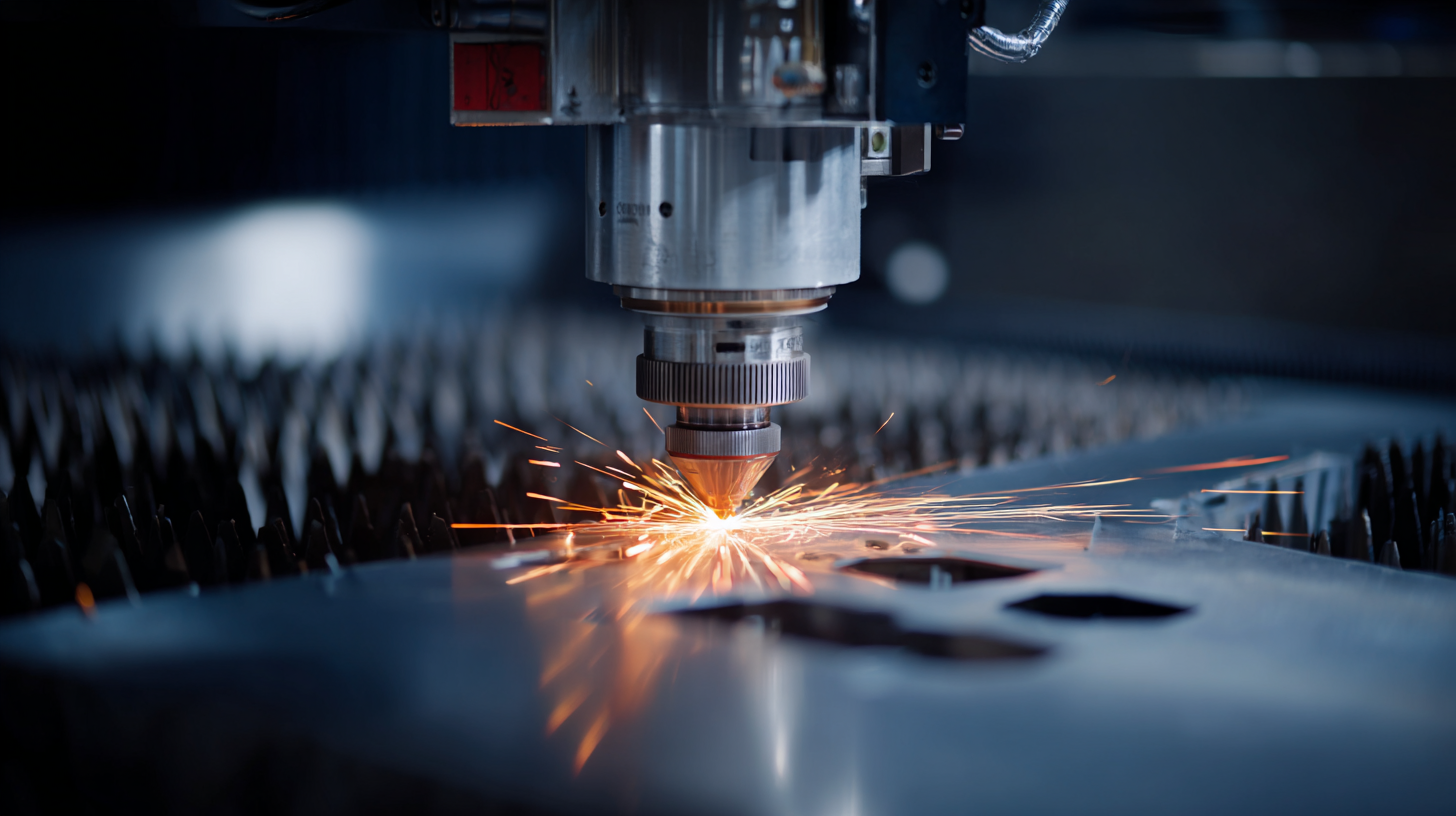 The precision and efficiency of manufacturing processes are set to leap forward in 2024, especially with the advancements in sheet metal laser cutting machines. The integration of advanced laser systems, such as fiber and CO2 lasers, is driven by an increasing demand for high-precision material processing solutions in industries like automotive and aerospace. According to market predictions, the global CO2 laser cutting machine market is expected to reach approximately $1,874.7 million by 2025, with a compound annual growth rate (CAGR) of 4.9% leading up to $2,748.7 million by 2033.
The precision and efficiency of manufacturing processes are set to leap forward in 2024, especially with the advancements in sheet metal laser cutting machines. The integration of advanced laser systems, such as fiber and CO2 lasers, is driven by an increasing demand for high-precision material processing solutions in industries like automotive and aerospace. According to market predictions, the global CO2 laser cutting machine market is expected to reach approximately $1,874.7 million by 2025, with a compound annual growth rate (CAGR) of 4.9% leading up to $2,748.7 million by 2033.
Implementing advanced laser technologies not only enhances operational efficiency but also reduces waste, translating into significant cost savings for manufacturers. For instance, the adoption of fiber laser systems has surged, as they offer better energy efficiency and improved cutting speeds. As the demand for personalized and complex designs rises, laser cutting machines will increasingly leverage digital printing technologies to customize manufacturing outputs efficiently.
Tips: When considering the upgrade to advanced laser systems, evaluate the specific needs of your manufacturing processes and the potential return on investment. Additionally, stay informed about emerging trends and technologies to remain competitive in the evolving manufacturing landscape.
Market Predictions: The Future Demand for Laser Cutting Solutions in Industry
The laser cutting industry is poised for significant growth in 2024, driven by the increasing demand for innovative manufacturing solutions across various sectors. With the market for laser cutting equipment projected to reach 36.85 billion yuan, the landscape is evolving rapidly. Advanced manufacturing processes are not only expanding production capabilities but are also embracing domestic alternatives, particularly in semiconductor laser equipment. This trend highlights the technology's ability to cater to diverse applications, including consumer electronics, automotive manufacturing, new energy, and the semiconductor supply chain.
Tips: To harness the potential of laser cutting technology, businesses should invest in understanding the specific requirements of their industry. Staying informed about advancements in laser technology can provide a competitive advantage. Moreover, companies looking to optimize their operations might consider incorporating CNC laser processing systems, which are expected to experience a compound annual growth rate of 10.25% from 2024 to 2030. Engaging in continuous training for staff to efficiently operate and maintain these systems can lead to increased productivity and innovation in manufacturing processes.
Future Demand for Laser Cutting Solutions in Industry (2024)
Related Posts
-
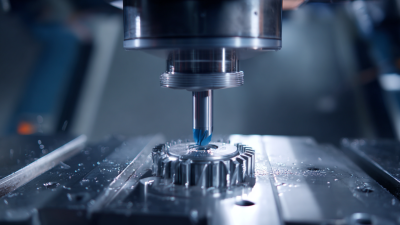
Unlocking Precision: The Future of CNC Cutting Machines in Modern Manufacturing
-
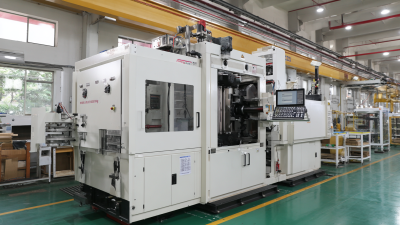
How to Optimize Your Industrial Press Machine for Maximum Efficiency
-

Understanding the Challenges of Operating a Metal Shear Machine
-
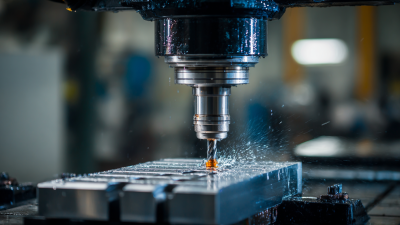
The Ultimate Guide to CNC Metal Cutting Machines: Choosing the Right Tool for Your Business
-
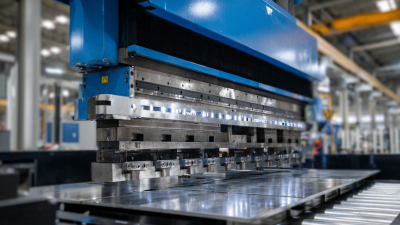
Why CNC Press Brakes Are Transforming Sheet Metal Fabrication Efficiency in 2023
-
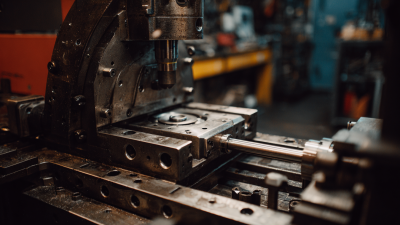
8 Compelling Reasons to Invest in a Bending Machine for Your Business